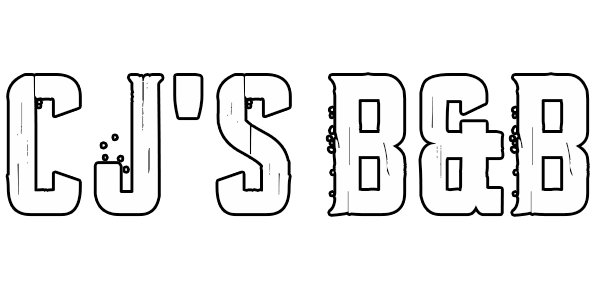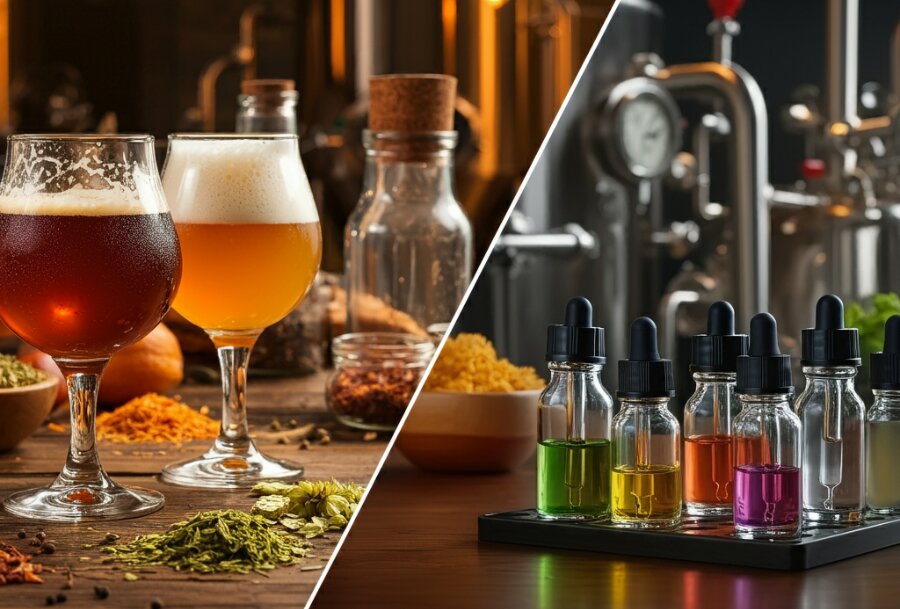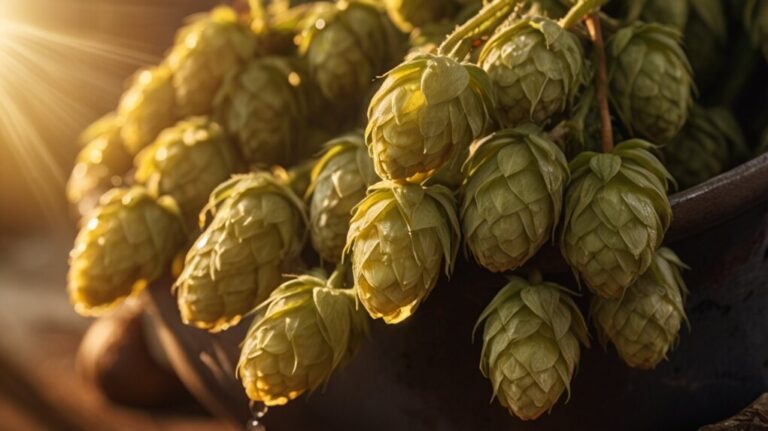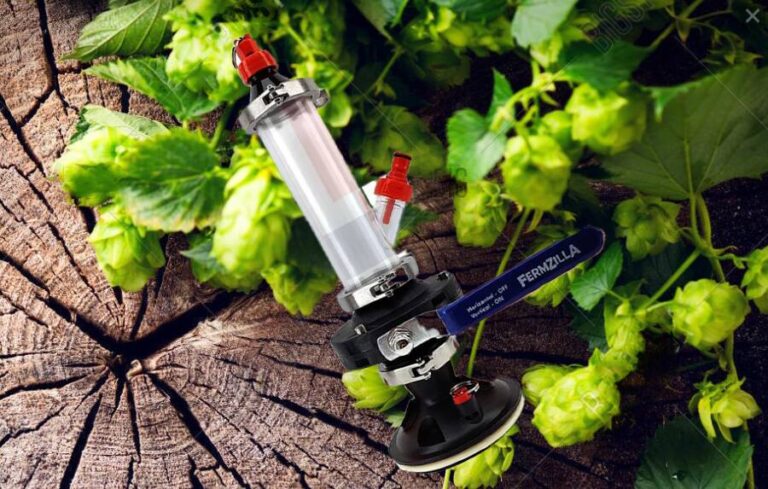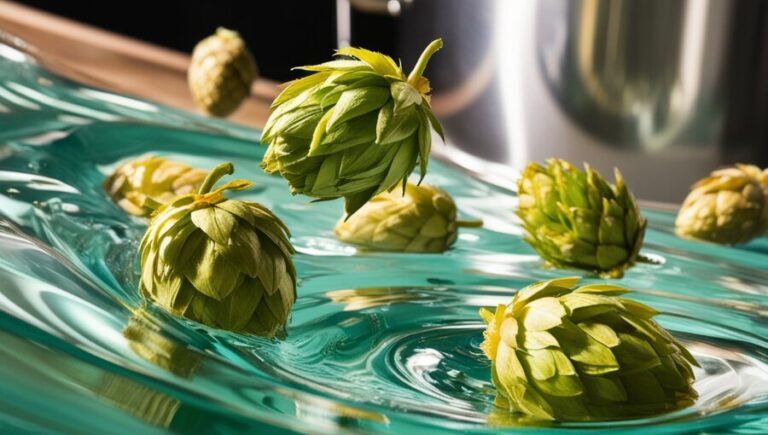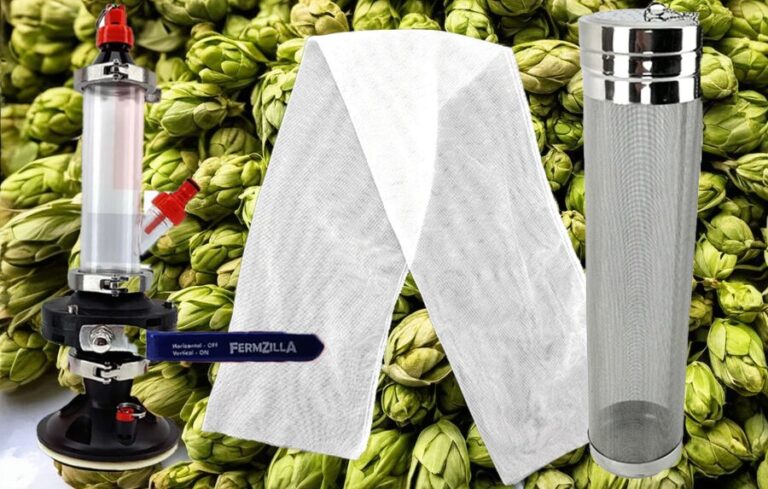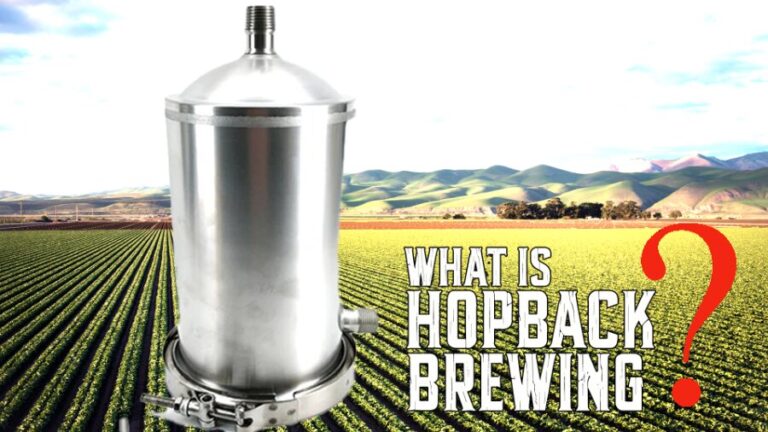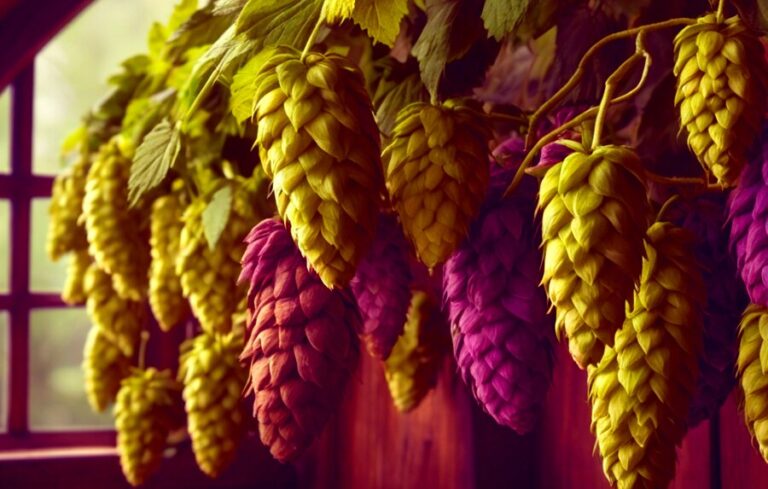Our evaluations and product assessments are conducted using a thorough and unbiased approach. Should you choose to buy any items through our provided links, we might receive a commission Read our disclosures.
Boosting Flavour With homebrew flavour enhancers
When I jump into homebrewing, one of the coolest parts is tweaking the flavours of my brews. Knowing how fermentables and beer enhancers work can really up my homebrew game.
Fermentables: The Flavour Makers
The fermentables I pick are key to the taste of my beer. Each one brings its own vibe, like sweetness, bitterness, or body. For example, malted grains add depth and complexity, while sugars can bump up the alcohol content and sweetness.
Here’s a quick look at some common fermentables and what they bring to the table:
| Fermentable Type | Flavour Contribution | Example |
|---|---|---|
| Malted Barley | Richness, Breadiness | Pale Malt |
| Crystal Malt | Caramel, Toffee Notes | Caramel 40L |
| Dextrose | Clean, Light Sweetness | Corn Sugar |
| Honey | Floral, Fruity | Wildflower Honey |
Want to dive deeper? Check out the American Homebrewers Association.
Beer Enhancers: The Flavour Boosters
Beer enhancers are like secret weapons for flavour and mouthfeel. They include stuff like malt extracts and adjuncts, which you can use at different brewing stages. Here’s a breakdown:
| Beer Enhancer | Description | Effect on Flavour |
|---|---|---|
| Dry Malt Extract (DME) | Concentrated malted barley | Adds fermentable sugars and body |
| Liquid Malt Extract (LME) | Syrupy malt extract | Rich malt flavour and sweetness |
| Adjunct Sugars | Sugars like corn or rice | Lightens body, increases alcohol |
| Specialty Grains | Grains like oats or rye | Adds distinct flavours and mouthfeel |
These enhancers not only boost flavour but also help get the right mouthfeel (Beer Brewer Guide). I love experimenting with different combos to see how they change the final brew. The right enhancers can make a big difference.
For those looking to get fancy, check out dry hopping methods or whirlpool hopping techniques to really amp up the aroma and flavour in your brews.
Dry vs. Liquid Malt Extract
When you’re brewing your own beer, one of the big choices is between dry malt extract (DME) and liquid malt extract (LME). Each has its own quirks, perks, and downsides that can change the taste and feel of your brew.
Pros and Cons
Dry Malt Extract (DME)
| Pros | Cons |
|---|---|
| Lasts longer | Not as easy to dissolve |
| Packs a punch in flavour | Can get clumpy if not stored right |
| Simple to measure | Needs careful mixing with water |
| Cheaper | Might need recipe tweaks |
Liquid Malt Extract (LME)
| Pros | Cons |
|---|---|
| User-friendly | Doesn’t last as long |
| Easy to find | Heavier, costs more to ship |
| Great for small batches | Higher sugar can mess with your brew |
Choosing between DME and LME is all about what you need for your brew. I usually go for DME because it’s easy to store and use, but LME can give a richer taste for certain beer styles.
Impact on Flavour
Your choice between DME and LME can really change the taste of your beer. Both come from malted barley and are full of fermentable sugars, but they’re processed differently, which affects their flavours.
- DME: Drying the malt makes the flavours stronger and sweeter. DME is great for boosting the malt taste without overpowering other flavours in your beer.
- LME: LME keeps more moisture and has a more complex taste because of unfermentable sugars. This can add depth and body, especially in darker beers.
Both types of malt extract have their place in brewing. If you want to play around with flavours, try different malts and extras. They can mix with hops and yeast in interesting ways, giving your beer unique tastes and smells. The variety of malts out there can really change your brew’s profile, affecting both sweetness and aroma (New Trail Brewing).
For more tips on getting the most flavour and aroma, check out our articles on advanced hopping techniques and whirlpool hopping techniques.

Meads and Flavour Profiling
Making mead is like a tasty adventure, especially when you dive into the world of flavours. One of the coolest things about mead is how its sweetness can vary, thanks to different types of honey and yeast.
Sweetness Levels
Meads can be bone-dry or as sweet as dessert wine. This range lets you whip up a drink that suits your taste and the occasion. The sweetness in mead mainly depends on how much honey you use and the fermentation process.
| Sweetness Level | Description |
|---|---|
| Dry | Almost no sugar left, crisp and refreshing |
| Semi-sweet | Noticeable sweetness, balanced with a bit of acidity |
| Sweet | Rich and lush, like a dessert wine |
Knowing these sweetness levels helps you pick the right profile. If I want something refreshing, I’d go for a dry mead. But if it’s for dessert, a sweeter mead would hit the spot.
Honey Varietals and Yeasts
The type of honey you choose is a big deal for your mead’s flavour. Different honeys bring their own unique tastes to the table. Here are some popular ones:
| Honey Varietal | Flavour Notes |
|---|---|
| Clover | Light, mild, floral |
| Orange Blossom | Citrus, sweet, aromatic |
| Buckwheat | Robust, earthy, malty |
| Wildflower | Varies, often complex and fruity |
Yeast is just as important. Different yeast strains can change how fast your mead ferments and what flavours develop. Some yeasts give fruity notes, while others might add spicy or floral hints. Picking the right combo of honey and yeast can make your mead complex and delicious.
For those wanting to get fancy with their brewing, check out advanced hopping techniques or maximizing aroma in homebrew to take your mead to the next level.
In the end, making mead is a mix of art and science. By playing around with different honeys, yeasts, and sweetness levels, you can create a mead that’s totally your own.
Water: The Secret Ingredient in Your Brew
Water isn’t just a filler in your beer; it’s the unsung hero that makes up about 95% of your brew. The quality and makeup of the water you use can make or break the flavour and overall vibe of your homebrew.
Why Water Matters in Brewing
Water’s job in brewing is more than just being wet. It dissolves sugars during mashing, carries flavours, and gives your beer that smooth mouthfeel. The minerals in the water can tweak the beer’s pH, which messes with the enzymes during mashing. So, knowing your water’s profile is a game-changer.
| Water Component | What It Does to Your Beer |
|---|---|
| Calcium | Boosts body and stability |
| Magnesium | Keeps yeast happy |
| Sodium | Adds a touch of sweetness and fullness |
| Sulfates | Cranks up hop bitterness |
| Chlorides | Brings out malt sweetness |
How Your Water’s Zip Code Affects Flavour
Different places have their own water profiles because of the local geology. These profiles can steer the types of beers that come out best. Soft water is great for lagers, while hard water with more minerals is perfect for pale ales and IPAs.
Take Burton-on-Trent in England, for example. Their hard water has been a big deal in shaping certain beer styles. Knowing the water makeup from different regions lets you either stick to traditional styles or go wild with new flavours in your homebrew.
If you’re itching to learn more, check out advanced hopping techniques. Pairing the right water treatment with cool hopping methods can really make your homebrew pop.
Spice and Herb Additions
Adding spices and herbs to your homebrew can take your beer from “meh” to “wow!” I’ve found that knowing how to use these ingredients can really make a difference in my brewing adventures.
Modern Applications
Brewers today are getting creative with spices and herbs. Coriander and bitter orange peel are staples in Belgian Wit, while nutmeg and cinnamon bring holiday ales to life. Stouts often get a boost from cacao nibs, adding a rich, chocolatey kick (BeerSmith).
Here’s a quick look at some common spices and how they’re used:
| Spice/Herb | Common Use | Flavour Notes |
|---|---|---|
| Coriander | Belgian Wit | Citrus, floral |
| Bitter Orange Peel | Belgian styles | Sweet, zesty |
| Nutmeg | Holiday ales | Warm, nutty |
| Cinnamon | Holiday ales | Sweet, warming |
| Cacao Nibs | Stouts | Rich, chocolatey |
When adding spices or herbs, it’s best to go “to taste” in the finished beer. I usually make a tea with hot water to get the flavour out first. For flavour extracts, adding them directly in small amounts works well.
Achieving Flavour Balance
Getting the right flavour balance can be tricky. I measure out a small amount of beer and add a bit of the spice or herb, tasting and adjusting until it’s just right. Once I nail the perfect mix, I scale it up for the whole batch.
Keep in mind, adding a water-based tea can kick off a little fermentation. So, I like to get the flavour balance sorted before carbonating the beer. Alcohol-based extracts usually sidestep this issue.
For example, cacao nibs are often used at 2 – 4 oz. per 5 gallons of wort. This gives a strong chocolate flavour without overpowering everything else.
By carefully picking and balancing spices and herbs, you can brew something that really stands out. If you want more tips to up your brewing game, check out our guides on dry hopping methods and advanced hopping techniques.
Natural vs. Liquid Homebrew Flavour Enhancers
When I’m brewing at home, I often find myself torn between natural flavour enhancers and liquid ones. Both have their perks, and knowing how to use them can make or break my brew.
Concentration and Usage
Liquid flavourings are like the superheroes of the flavour world. They’re super concentrated, packing a punch without adding fats, sugars, or calories. Plus, they’re gluten-free, which is a win for everyone (One on One Flavors). When I go for liquid flavourings, I know I’m getting pure, unadulterated flavour.
Here’s a quick rundown on how to use both types:
| Type of Flavour Enhancer | Concentration | Usage Tips |
|---|---|---|
| Natural Flavour Enhancers | Varies (usually less concentrated) | Add during the boil or fermentation for depth |
| Liquid Flavour Enhancers | Highly concentrated | Add just before bottling or kegging |
Liquid flavourings are best added at the end of the brewing process. This way, they don’t lose their punch through all the brewing steps, keeping the taste and aroma just right.
Technical Stuff
When using liquid flavour enhancers, there are a few things to keep in mind. They can react with your brew, and their potency might change due to filtration or pasteurization. It’s a bit of a trial and error game, so I always start small and tweak as needed (One on One Flavors).
For spices and herbs, I like to make a tea with hot water to extract the flavours before adding them to the brew. This helps balance the flavours. On the flip side, flavour extracts can be added directly in small amounts to avoid overpowering the brew (BeerSmith).
In my experience, choosing between natural and liquid flavour enhancers depends on the flavour profile I’m aiming for and the brewing method I’m using. Whether I go for concentrated extracts or natural ingredients, my goal is always to nail that perfect balance in my homebrew. For more tips on getting the most out of your flavours, check out our article on maximizing aroma in homebrew.

